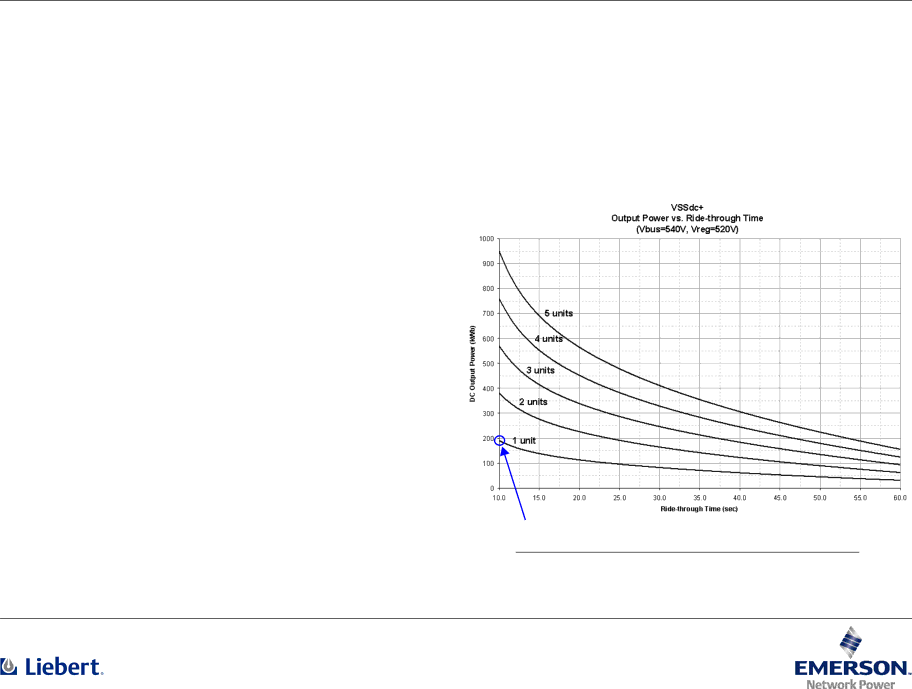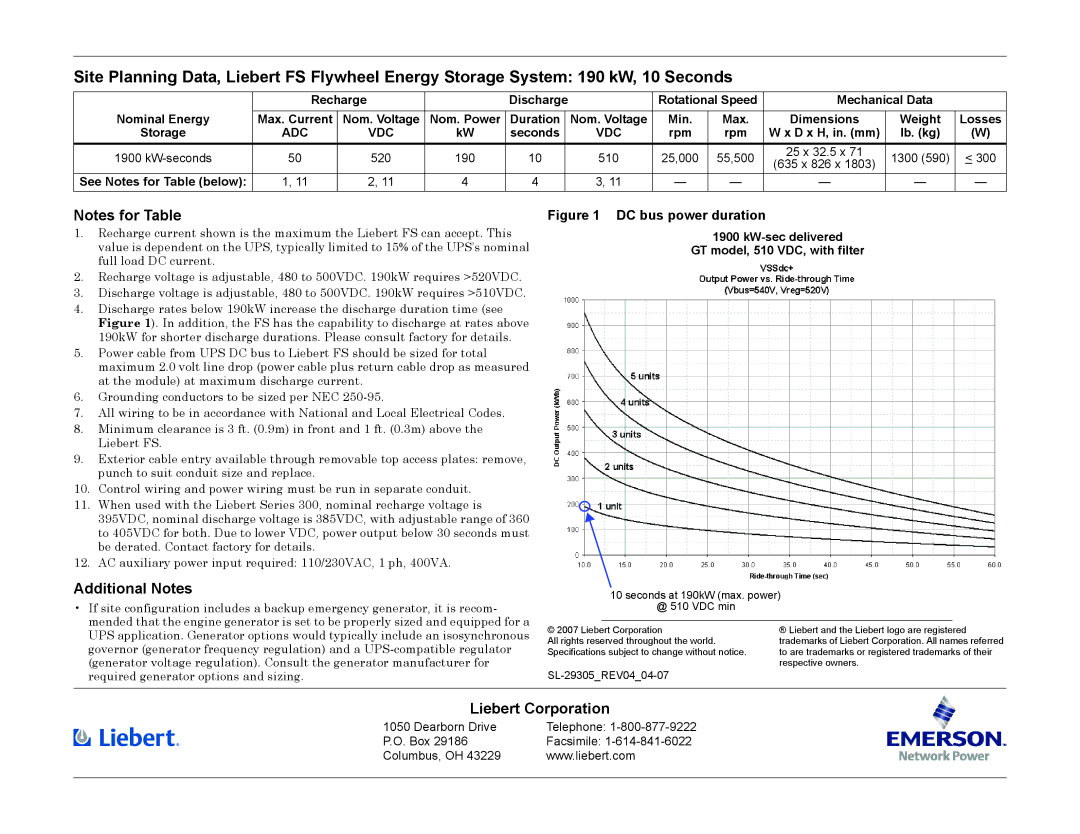510 VDC specifications
The Emerson 510 VDC is a highly versatile and advanced digital control system designed for use in various industrial applications, particularly in the oil and gas, power generation, and process manufacturing sectors. This system exemplifies Emerson’s commitment to increasing efficiency, safety, and performance through innovative technologies and user-friendly features.One of the main features of the Emerson 510 VDC is its ability to handle high voltage direct current (HVDC) applications. This is crucial for industries that require reliable energy transmission over long distances with minimal losses. The system supports advanced control algorithms that optimize the performance of HVDC links, ensuring stability and improved power quality.
The Emerson 510 VDC employs state-of-the-art digital signal processing technologies, which enable rapid response times and precise control of electrical systems. This allows for real-time monitoring and adjustments, ensuring that operations run smoothly and safely. With built-in redundancy features, the system enhances reliability, mitigating risks associated with equipment failures.
Another notable characteristic of the 510 VDC is its modular architecture. This enables users to easily configure and expand the system according to specific operational needs. Whether integrating new components or upgrading existing ones, the modular design simplifies maintenance and scalability, accommodating future growth without significant downtime.
Furthermore, the Emerson 510 VDC incorporates advanced communication protocols that facilitate seamless integration with other industrial systems and devices. This interoperability is critical for achieving a holistic view of operations and improving overall system performance. Additionally, the user interface is designed to be intuitive, providing operators with easy access to critical data and control mechanisms.
Safety is a prime consideration in the design of the Emerson 510 VDC. The system is equipped with comprehensive diagnostics and protective features that safeguard equipment and personnel. It adheres to strict industry standards, ensuring compliance and enhancing operational reliability.
In summary, the Emerson 510 VDC stands out for its advanced HVDC capabilities, high-performance digital processing, modular design, and enhanced safety features. These characteristics make it a vital component for industries looking to improve electric power efficiency, reliability, and management in an ever-evolving technological landscape. As industries continue to grapple with energy challenges, the Emerson 510 VDC offers a robust and flexible solution for modern energy demands.

